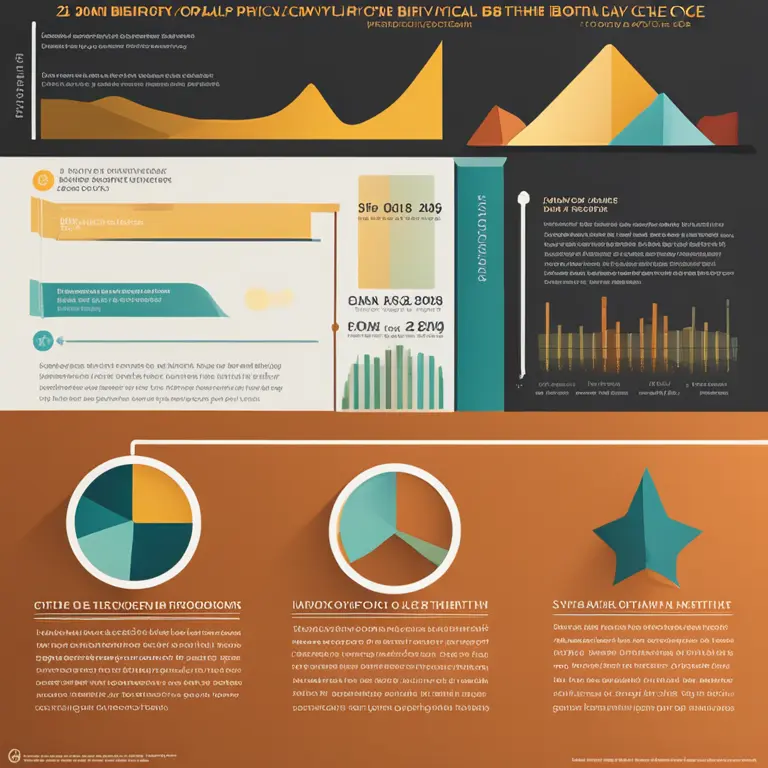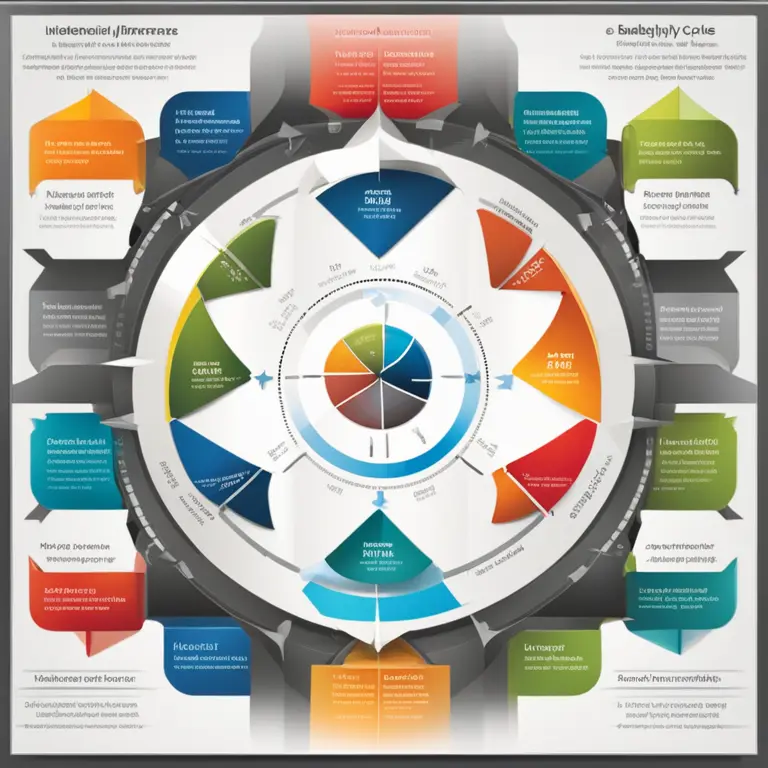
Biorhythms Theory: The Rhythmic Cycles of Life
Delve into the biorhythms theory and discover how physical, emotional, and intellectual cycles influence our daily lives and well-being in this insightful article.
article by Adrian Wallace
An Overview of Biorhythms
The concept of biorhythms dates back to the late 19th century but continues to intrigue many even into the 21st century, well past 2024. This theory suggests that our daily lives are significantly affected by rhythmic biological cycles. According to this concept, there are three primary cycles: the physical, emotional, and intellectual. Each of these cycles has a distinct duration: the physical cycle is 23 days, the emotional cycle is 28 days, and the intellectual cycle spans 33 days. As we traverse through these cycles, they influence our performance, mood, and decision-making abilities. Even with advances in science and technology, these enduring rhythmic patterns are still revered by many as a tool for better understanding the ebbs and flows of human nature.

Physical Biorhythm Cycle
The physical biorhythm cycle is the shortest of the three, lasting 23 days. It is thought to influence our vitality, strength, and overall physical state. As we progress through the peaks and troughs of this cycle, we may notice variations in our energy levels and physical performance. Athletes, fitness enthusiasts, and anyone whose profession demands physical endurance might find this cycle particularly relevant. The theory suggests planning strenuous activities during high points of the physical cycle for optimal results, while using the low points for recovery and rest. Even though empirical evidence supporting the direct impact of biorhythms on physical performance is debated, the notion continues to spark interest.

Emotional Biorhythm Cycle
Spanning a 28-day period, the emotional biorhythm cycle is believed to influence our feelings, mood stability, and emotional well-being. From periods of high emotional strength to potential phases of increased sensitivity or moodiness, this cycle's ebb and flow could be considered by some as a roadmap for navigating interpersonal relationships or making emotionally charged decisions. While the scientific community remains skeptical about the measurable impact of these cycles, followers of biorhythmic theory often use them as a framework for emotional self-awareness and to better understand the emotional waves that we may unintentionally ride.

Intellectual Biorhythm Cycle
The intellectual biorhythm cycle, with its 33-day duration, is held to shape our cognitive functions, such as analysis, memory, and the ability to process information. During peak periods, proponents believe it's advantageous to tackle complex problems or engage in learning new skills. Conversely, during the low points, this theory recommends routine tasks and avoiding activities that require heavy mental exertion. Despite the divided stance on the scientific credibility of biorhythms, this cycle remains a focal point for those seeking to optimize mental sharpness and productivity.

Modern Implications and Critics
As we find ourselves further immersed in the technological advancements of 2024 and beyond, the biorhythms theory maintains a unique place among those interested in personal development and holistic health. There is a growing digital landscape offering apps and software that purport to track these cycles, allowing individuals to purportedly plan their lives with greater precision. However, it is crucial to recognize that the scientific consensus does not validate biorhythms as a reliable predictor of performance or behavior. Critics argue that the theory is pseudoscientific, and any correlation between cycle predictions and real-life outcomes is mere coincidence or subject to the placebo effect.
Utilizing Biorhythms Today
Despite the criticisms, the allure of biorhythms persists. For many, these cycles serve as a tool for self-reflection rather than deterministic forecasts. They provide a structure to observe oneself and potentially make more mindful choices. Whether used for personal insight, as a conversation starter, or even as an entertaining aspect of a lifestyle app, biorhythms embody a unique intersection of mysticism and rhythm that continues to captivate the human imagination.
Published: 1/25/2024
Modified: 1/25/2024
More predictions
Come back here soon to learn more about yourself and your future


The Principles of Biorhythm Cycles
Discover the fundamental principles of biorhythm cycles and how they influence daily life and personal well-being in this insightful article.


Biorhythm Love Compatibility: Find Your Match
Discover how a biorhythm love compatibility calculator can enhance your romantic connections by analyzing the natural cycles that influence relationships.


The Biorhythm Debate: Effective Insight or Myth?
Discover the realities behind biorhythms, how they're calculated, and their impact on daily life. Can these biological cycles truly predict our physical, emotional, and intellectual states?